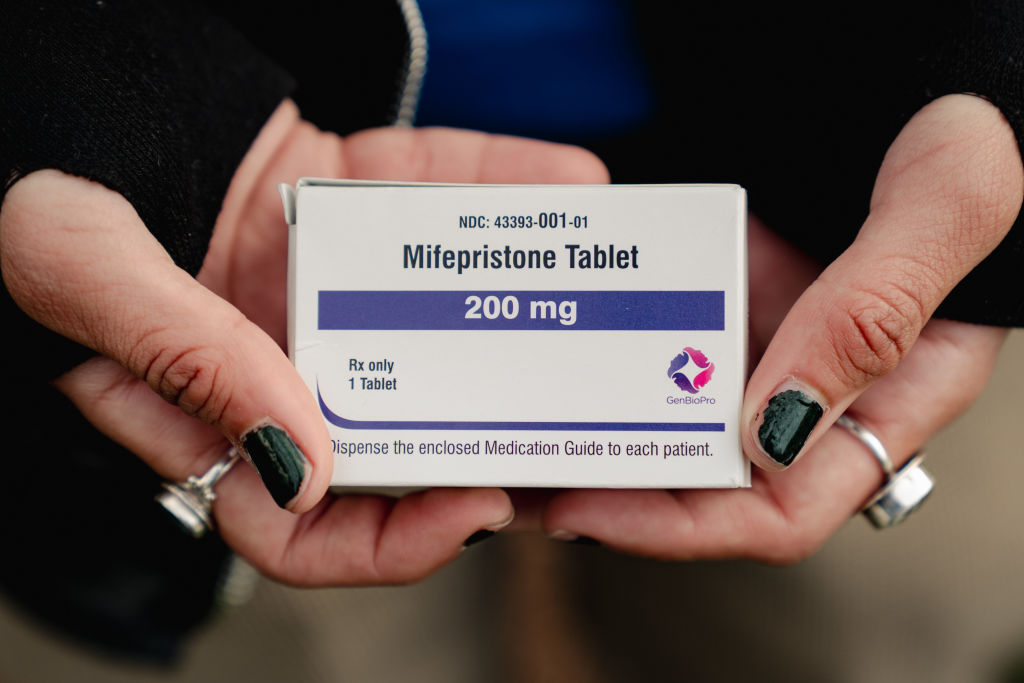The antiabortion movement is desperately doing everything it can to block access to abortion pills. In the nearly three years without the protections of Roe v. Wade, the number of abortions in the United States has increased. The wide availability of medication abortion and the rise of telehealth providers who see patients virtually and send pills across the country have completely transformed the landscape of reproductive health care. You can imagine how frustrated antiabortion leaders are with this development; just when they achieved the long-awaited dream of overturning Roe, changes in Food and Drug Administration (FDA) requirements for medication abortion, along with the dedication of abortion providers and activists, have opened new avenues for care in states with abortion bans and restrictions.
Medication abortion now constitutes 63 percent of all abortions in the country. Telehealth abortion care rose from 4 percent of all abortions in April 2022 to 19 percent in March 2024. This surge in telehealth care began during the pandemic, when the FDA lifted some restrictions on mifepristone, the first medication used in a typical two-pill regimen to terminate a pregnancy up to ten weeks gestation. In 2021, the FDA eliminated the in-person dispensing requirement for mifepristone, allowing providers to use telehealth to support patients who could not or chose not to travel to clinics for in-person care. Clinicians conduct remote consultations, typically via video call appointments but also through secure text messaging, relying on the patient’s self-reported medical history and calculating gestational age based on the patient’s reported last menstrual cycle. Recent research on medication abortion provided through telehealth demonstrated the same high rates of safety and efficacy as in-person medication abortion care.
As the demand for abortion care surged in states where it remained legal after 2022 — particularly in states like…
Auteur: Anne Rumberger

